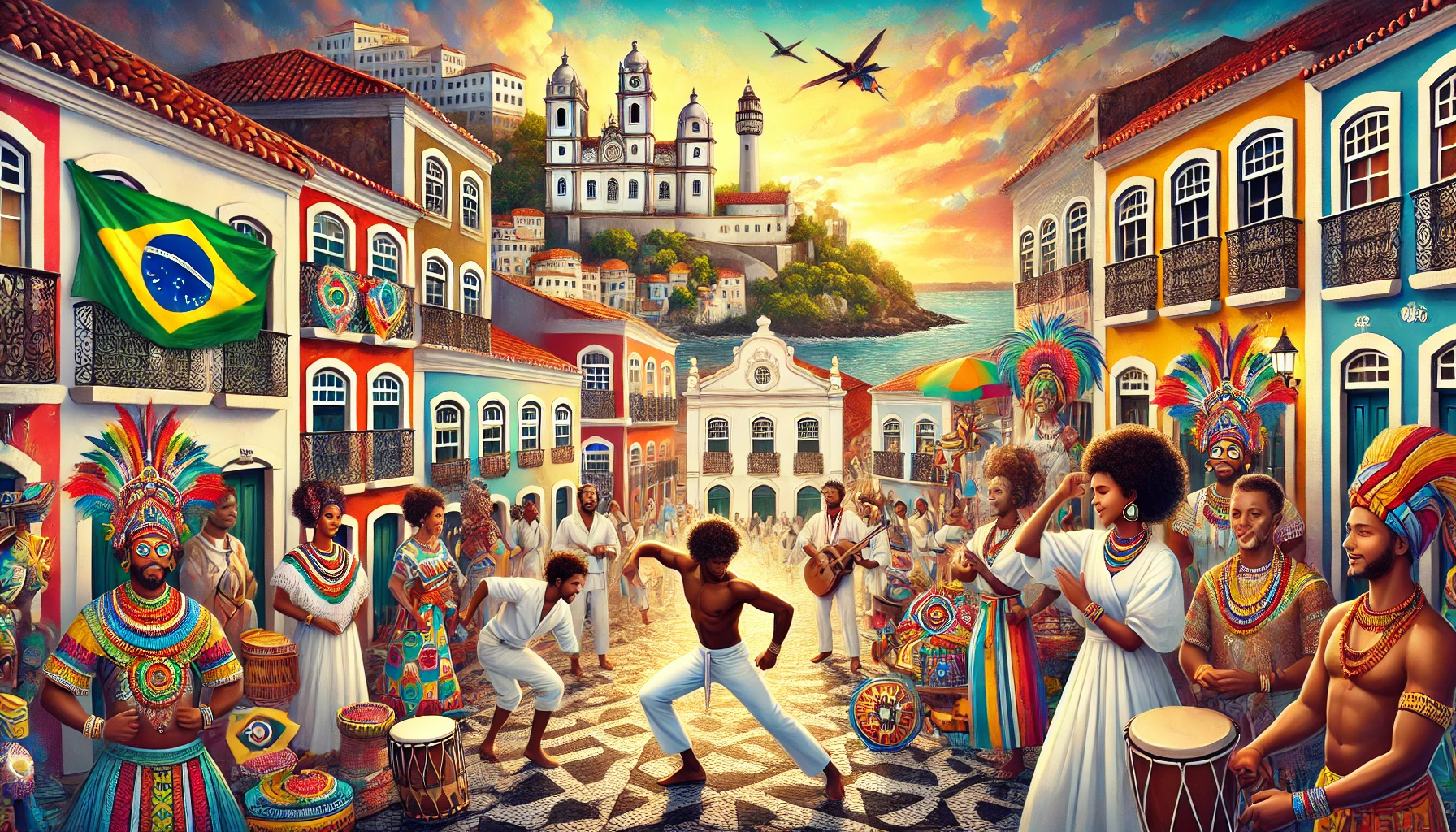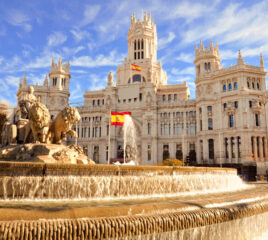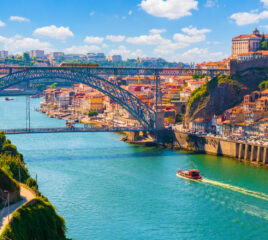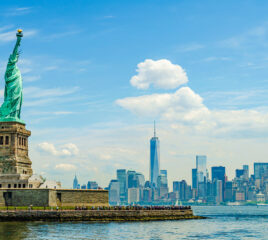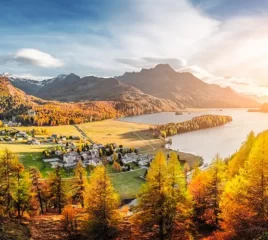Note that iPhone devices from Mainland China aren’t eSIM compatible. Also iPhone devices from Hong Kong and Macao aren’t compatible (except for iPhone 13 Mini, iPhone 12 Mini, iPhone SE 2020 and iPhone XS)
Salvador, the vibrant capital of Bahia, is a city like no other. Known for its deep-rooted Afro-Brazilian heritage, colonial architecture, and pulsating rhythms of samba and axé, Salvador offers a cultural experience that captivates every visitor. From its historic streets to its lively festivals, let’s explore what makes this city the heart of Afro-Brazilian culture.
Discovering the Vibrant Streets of Pelourinho
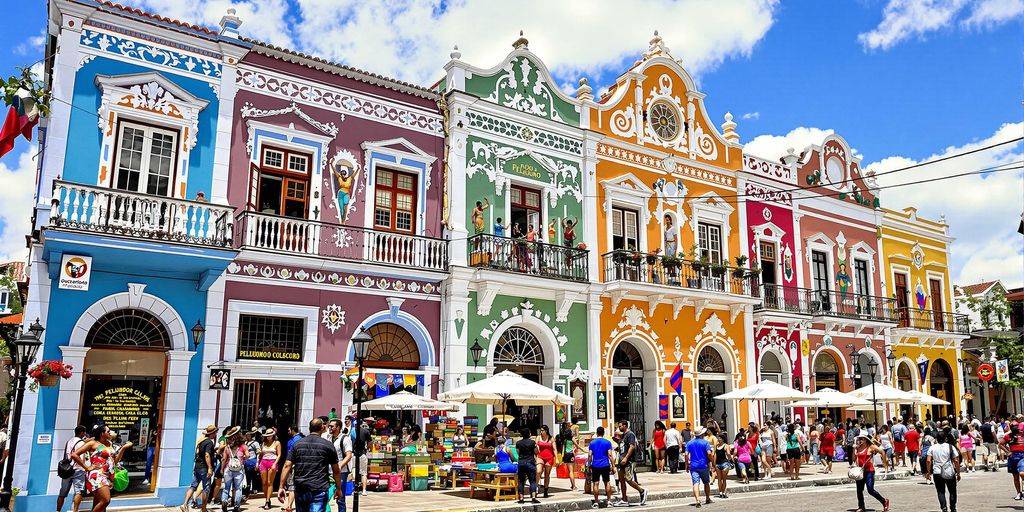
Exploring the Historic Center’s Cobblestone Charm
Walking through Pelourinho feels like stepping into a living museum. The cobblestone streets twist and turn, revealing pastel-colored buildings that seem to have their own personalities. Each corner tells a story, from colonial history to modern-day Afro-Brazilian culture. It’s the kind of place where you can lose yourself—and that’s the point. Don’t rush. Let the vibe of the streets guide you.
Here’s a quick tip: Start your walk at Terreiro de Jesus. This square is home to the stunning Cathedral Basilica of Salvador and Brazil’s first medical school. From there, wander towards Largo do Pelourinho, snapping photos of the intricate architecture along the way. Trust me, every angle feels Instagram-worthy.
Meeting Local Artisans and Musicians
Pelourinho isn’t just about the sights—it’s about the people. You’ll find artisans selling handmade crafts, from vibrant paintings to intricate jewelry. Many of these pieces reflect the rich Afro-Brazilian heritage of Salvador. And let’s not forget the musicians. You might stumble across a samba band or a capoeira circle right in the middle of the street. It’s raw, it’s real, and it’s unforgettable.
If you’re lucky, you might catch a workshop. Locals often host sessions on everything from drumming to dance. It’s a fun way to connect with the culture and maybe even make a friend or two.
Uncovering the Stories Behind Salvador’s Colorful Facades
The buildings in Pelourinho aren’t just pretty—they’re storytellers. Many of these facades date back to the 17th and 18th centuries, each one a chapter in Salvador’s complex history. Some were homes to colonial elites, while others were spaces of resistance and resilience for Afro-Brazilian communities.
Take a moment to visit the Afro Brazil Museum if you can. It dives deep into the rituals and traditions that shaped Bahian culture. And for a lighter, but equally fascinating stop, check out the Carnival House. It’s a celebration of Brazil’s most famous festival, with exhibits that make you feel like you’re right in the middle of the action.
Exploring Pelourinho is more than just sightseeing—it’s about feeling the heartbeat of Salvador. So wear comfy shoes, bring your curiosity, and get ready for an adventure.
Savoring the Flavors of Afro-Brazilian Cuisine
Tasting Acarajé and Other Bahian Delicacies
Let’s start with acarajé, the superstar of Bahian street food. Picture this: a golden, crispy fritter made from black-eyed peas, deep-fried to perfection in dendê (palm oil). It’s split open and stuffed with vatapá (a creamy paste of shrimp, peanuts, and coconut milk), spicy pepper sauce, and sometimes dried shrimp. It’s a flavor explosion! You’ll find women dressed in traditional white lace dresses, called Baianas, selling these on almost every corner. And don’t stop at acarajé—try moqueca, a seafood stew rich with coconut milk and spices, or abará, acarajé’s steamed cousin. Each bite is like a history lesson, blending African, Indigenous, and Portuguese influences.
The Influence of African Ingredients in Local Dishes
The African roots in Salvador’s cuisine are undeniable. Ingredients like okra, coconut, and palm oil made their way to Brazil during the transatlantic slave trade and have become staples in Bahian cooking. Dendê oil, in particular, gives many dishes their signature golden color and deep, earthy flavor. Then there’s cassava, a root that’s turned into farinha (a kind of flour) or tapioca, both of which are used in everything from side dishes to desserts. It’s fascinating how these ingredients, brought over centuries ago, still dominate the culinary scene today.
Where to Find the Best Street Food in Salvador
If you’re a foodie, Salvador is a paradise. Head to Rio Vermelho, a lively neighborhood where you’ll find some of the best street food vendors. Largo de Santana is a hotspot for acarajé. For a more local vibe, try Feira de São Joaquim, a bustling market where you can sample everything from freshly grilled fish to sweet cocadas (coconut candies). Don’t forget to wash it all down with a cold caipirinha or fresh sugarcane juice. Trust me, your taste buds will thank you!
No More Roaming Fees
Stay online throughout your Salvador trip.
Diving Into Salvador’s Rich Musical Heritage
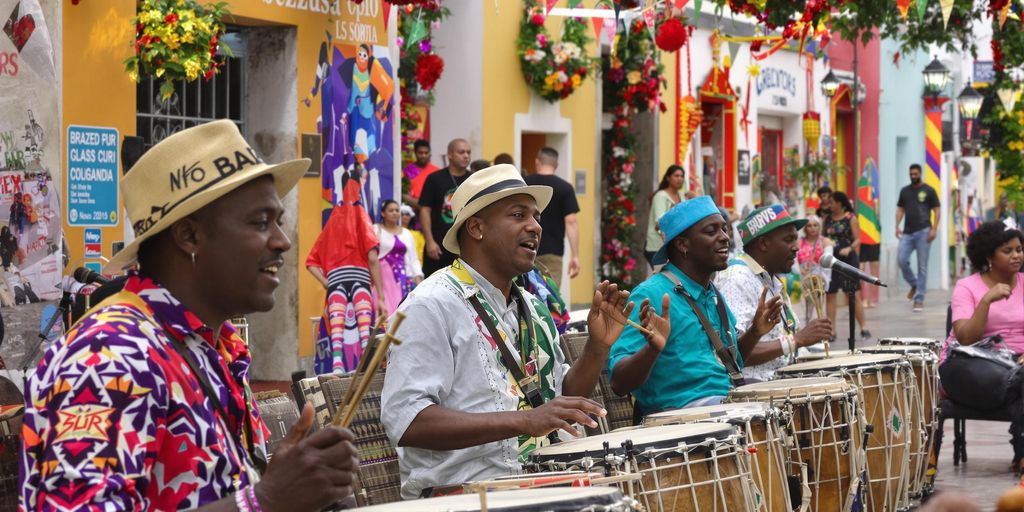
The Rhythms of Samba and Axé
Salvador practically breathes music, and samba and axé are at the heart of it all. Samba is like the city’s heartbeat—its infectious rhythm flows through every street and plaza. Axé, on the other hand, is pure energy. Born in Salvador in the ’80s, it’s a mix of samba, reggae, and African beats that’ll have you dancing before you know it. If you’re visiting during Carnival, you’re in for a treat. The city’s blocos (street bands) bring these sounds to life with drums that seem to echo through your soul. Even outside of Carnival, you can catch live performances in neighborhoods like Garcia, where the music spills onto the streets and the party never really ends.
Capoeira: The Martial Art That Dances
Capoeira isn’t just a martial art—it’s a full-on cultural experience. Imagine a circle of people clapping and singing while two capoeiristas move like dancers, flipping and kicking in perfect rhythm. It’s mesmerizing to watch. Capoeira has deep roots in African traditions and was once a form of resistance for enslaved people. Today, you can see it performed in Pelourinho, Salvador’s historic center. Some places even offer workshops if you’re feeling adventurous enough to give it a try. Trust me, it’s harder than it looks, but so worth it to feel like you’re part of something so rich in history.
Live Music Venues You Can’t Miss
If you love live music, Salvador is going to spoil you. The city is packed with venues, from intimate bars to open-air stages. For a low-key vibe, check out the smaller bars in Rio Vermelho, where local musicians often jam late into the night. If you’re looking for something bigger, head to Pelourinho. It’s not uncommon to stumble upon free concerts in the squares, especially on weekends. And don’t forget about the massive music festivals that pop up throughout the year. Whatever your style—be it samba, reggae, or axé—there’s a spot for you to soak it all in.
Exploring Afro-Brazilian Spirituality and Traditions
The Role of Candomblé in Salvador’s Culture
Candomblé is more than just a religion in Salvador—it’s a way of life. Rooted in Yoruba traditions brought over by enslaved Africans, it blends African spirituality with elements of Catholicism. This mix wasn’t just a coincidence; it was a survival tactic. Enslaved people weren’t allowed to openly worship their orixás (deities), so they cleverly linked them with Catholic saints. This practice, called syncretism, allowed them to keep their beliefs alive under the radar. Today, Candomblé thrives as a vibrant expression of Afro-Brazilian identity. If you’re curious, visiting a terreiro (a Candomblé temple) is an eye-opening experience. You’ll hear rhythmic drumming, see intricate dances, and feel the energy of a community deeply connected to its roots.
Visiting the Igreja de Nossa Senhora do Rosário dos Pretos
This church is a must-see, not just for its stunning blue facade but for its history. Built by enslaved Africans in the 18th century, it was one of the few places they could worship. The church uniquely blends Catholicism with African traditions, making it a spiritual haven for Afro-Brazilians. Inside, you’ll find depictions of Black saints—a rarity in Catholic churches. It’s a humbling place, full of stories about resilience and faith. If you visit during a service, don’t be surprised to hear drumming and singing that feel more like a celebration than a traditional mass. It’s a beautiful reminder of how Afro-Brazilians have adapted and preserved their heritage.
Understanding the Significance of Orixás
Orixás are the heart of Candomblé. Think of them as powerful spirits or deities that represent natural forces like the ocean, wind, and fire, as well as human qualities like love and courage. Each orixá has its own personality, colors, and even favorite foods. For example, Iemanjá, the goddess of the sea, is often honored with offerings of flowers and perfume. Learning about orixás gives you a deeper appreciation of Afro-Brazilian culture. It’s not just about worship—it’s about connecting with nature, ancestors, and the community. If you’re lucky, you might witness a public celebration where people dress in traditional clothing to honor their orixás with music, dance, and rituals.
Celebrating Salvador’s Festivals and Events
The Magic of Salvador’s Carnival
Salvador’s Carnival isn’t just a party—it’s a full-blown cultural explosion. Picture this: streets packed with people dancing to the beats of samba, axé, and other rhythms that make your feet move almost involuntarily. Unlike Rio’s more polished parades, Salvador’s Carnival feels raw, real, and completely immersive. You can join a bloco (a street parade group) or just follow along as the music trucks, known as trios elétricos, roll through the city. Oh, and don’t forget to wear comfy shoes—you’ll be on your feet all night.
Year-Round Cultural Celebrations
Salvador doesn’t need Carnival as an excuse to celebrate. The city’s calendar is packed with events that highlight its Afro-Brazilian roots. Take Festa de Iemanjá, for example. Every February 2nd, locals gather at Rio Vermelho beach to honor the goddess of the sea with offerings. It’s spiritual, colorful, and absolutely mesmerizing. Then there’s Lavagem do Bonfim, a January tradition where women in traditional white dresses wash the steps of the Bonfim Church. It’s part faith, part festivity, and all heart.
How to Join a Local Samba Parade
Want to feel like a local? Jump into a samba parade. These aren’t just for Carnival—you’ll find smaller parades popping up throughout the year, especially in neighborhoods like Garcia and Pelourinho. To join, you don’t need much—just show up with a smile, a bit of rhythm (or not, no one’s judging), and maybe a caipirinha in hand. Pro tip: ask around for the best spots to catch a parade. Locals always know where the real action is.
Stay Connected in Salvador
Travel with ease using Brazil eSIM for seamless internet access.
Shopping for Unique Souvenirs in Salvador
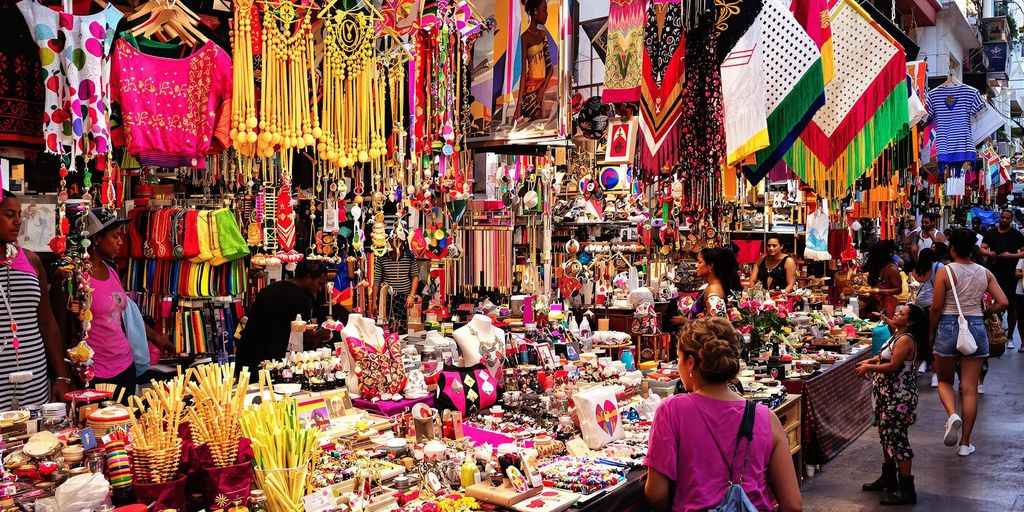
Handmade Crafts by Baianas de Acarajé
When in Salvador, you can’t miss the chance to pick up something crafted by the Baianas de Acarajé. These women are not just street food icons; they’re also artists in their own right. They often sell handmade items like jewelry, clothing, and other keepsakes that reflect their rich cultural heritage. Fun fact: their craft has been recognized as Brazilian Cultural Heritage since 2005. It’s not just shopping—it’s supporting a piece of living history.
Where to Buy Bonfim Ribbons and Other Keepsakes
You’ll spot Bonfim ribbons everywhere in Salvador—they’re colorful, full of meaning, and make for perfect souvenirs. Legend says tying one around your wrist and making three wishes brings good luck. You can find them in shops all over the city, but the best places are around the Bonfim Church and Pelourinho. While you’re at it, look for other keepsakes like small statues, handmade bags, or even traditional Bahian dresses. It’s a treasure hunt waiting to happen.
Supporting Afro-Brazilian-Owned Businesses
Take your souvenir shopping a step further by seeking out Afro-Brazilian-owned shops. These businesses often sell unique, authentic items you won’t find in tourist traps. From intricately carved wooden figures to vibrant paintings and textiles, you’ll be bringing home a piece of Salvador’s soul. Plus, you’re directly contributing to the local economy and supporting the community. It’s a win-win.
Learning About Salvador’s History of Resistance
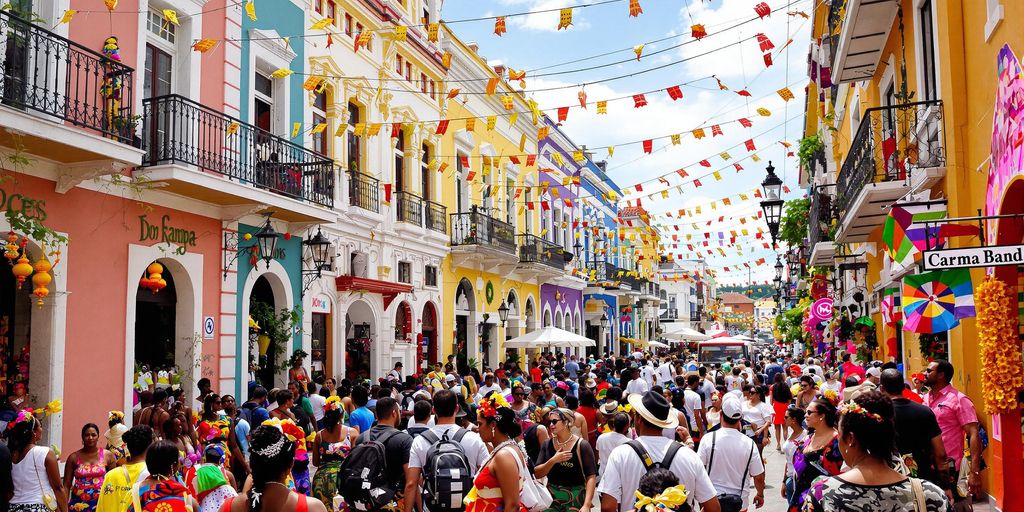
The Legacy of Zumbi dos Palmares
Let’s start with Zumbi dos Palmares, a name you’ll hear a lot when talking about resistance in Salvador. Zumbi was a leader of the Quilombo dos Palmares, a community of escaped enslaved people who stood their ground against colonial forces in the 1600s. Think of it as a hidden sanctuary where people could live freely, away from the brutal reality of slavery. Zumbi became a symbol of resilience and hope, and his legacy is celebrated every year on Black Consciousness Day in Brazil. If you’re in Salvador around November 20th, you’ll see tributes and events honoring him. It’s a moving reminder of the strength of those who fought for freedom.
Walking Tours That Highlight Afro-Brazilian History
One of the best ways to connect with Salvador’s history is by taking a walking tour. These aren’t your typical touristy strolls; they’re immersive experiences that bring the past to life. Guides, often locals with deep roots in the community, will take you through Pelourinho, Salvador’s historic center. You’ll hear stories about the transatlantic slave trade, the fight for independence, and the cultural contributions of Afro-Brazilian people. Make sure to stop by the Igreja de Nossa Senhora do Rosário dos Pretos, a church built by enslaved Africans. It’s a powerful place that combines Catholic and African spiritual traditions. By the end of the tour, you’ll see Salvador in a whole new light.
How Salvador Became a Symbol of Resilience
Salvador isn’t just a city; it’s a testament to survival and creativity. After centuries of oppression, Afro-Brazilian culture didn’t just survive—it thrived. Music, dance, food, and religion all carry the imprints of African heritage. Capoeira, for instance, started as a way for enslaved people to practice self-defense under the guise of dance. Today, it’s a global phenomenon. Then there’s Candomblé, a spiritual practice that blends African beliefs with Catholicism, still widely practiced in Salvador. The city’s vibrant festivals, like Carnival, are another example of how Afro-Brazilian culture has shaped the identity of Salvador. Every corner of this city tells a story of resistance and renewal.
Wrapping Up: Why Salvador Stays With You
Salvador isn’t just a city you visit—it’s a place that sticks with you. From the vibrant streets of Pelourinho to the soulful beats of its music, every corner tells a story of resilience, culture, and joy. Whether you’re savoring a plate of acarajé or watching a capoeira performance, you’re not just a spectator—you’re part of something bigger. So, if you’re looking for a destination that’s as rich in history as it is in heart, Salvador’s waiting for you. Trust me, you’ll leave with more than just photos—you’ll leave with memories that feel like home.
Seamless Mobile Data Everywhere







